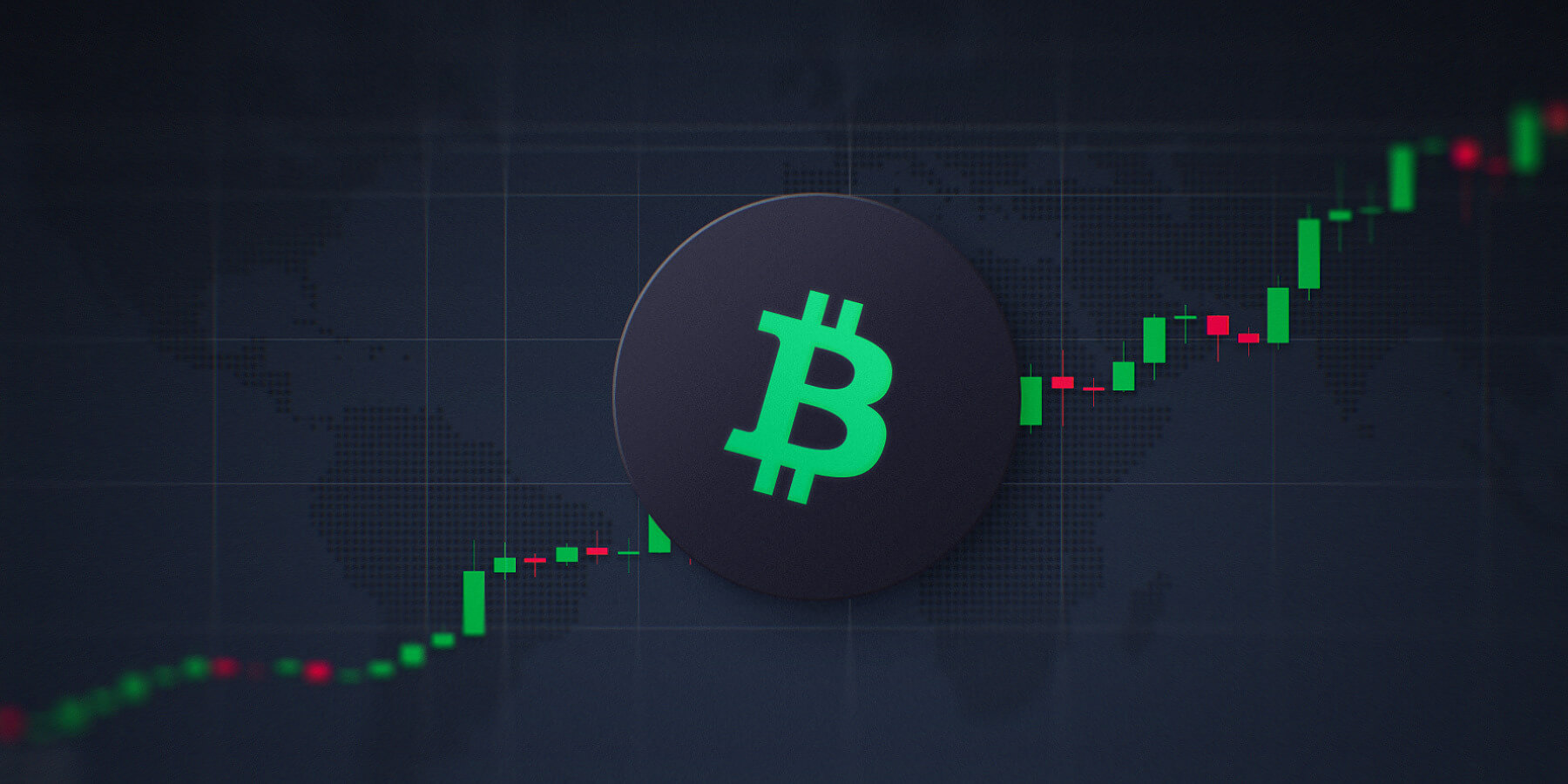If you’re new to the world of cryptocurrency, you may be wondering what investment options are available to you once you buy into a specific currency. With over nineteen thousand options for cryptocurrencies out there, you want to be sure to select one that offers you the short-term and long-term investment options you desire. Understanding whether you should hold or trade a cryptocurrency will largely depend on your financial goals. Here’s what to consider when deciding whether to hold or sell your crypto.
Table of Contents
Short-term Investment
If you just want to make a quick buck on the crypto market, you can easily buy into a brand new token with a lot of hype or a popular token with a large following. If you want to try and speculate in the crypto market, a token’s whitepaper can offer insight into the benefits and regulations of that coin that could impact its long-term sustainability as a currency. It can be impossible to know when the best moment to trade cryptocurrency will be, leaving you with the option to hold your coin until the price increases or trade at a lower price for a smaller profit margin. In the short term, you can buy low and sell high as you see fit or use your crypto to purchase another asset you want.
Long-Term Options
Traders can use several long-term investment options to generate rewards on their cryptocurrency while holding it. Here’s a breakdown of the staking and yield-farming opportunities traders have.
Staking
If you invest in a cryptocurrency that is built on a proof-of=stake blockchain network, you have the opportunity to stake your investment and earn rewards over time as you hold your coins. Coin holders in proof-of-stake models can become nodes on the network and stake their coins as collateral for a chance to be selected to verify transactions in the network. The more coins staked with a single node, the more likely that node will be chosen to verify transactions. For each successful verification, all users with coins staked in the pool will receive a percentage of the rewards. Staking could generate up to 10-20% returns on your investment, but it also comes with risks. If your node operator fails to verify transactions by the end of the epoch, the coins in the pool will be charged as collateral.
Yield-Farming
Yield or liquidity farming is another great long-term investment option that can generate rewards for those holding their crypto. Users pay a fee to lock their coins into a liquidity pool for a specific period. During this time, traders cannot access their coins because they will be lent out to borrowers on the network. In return, all coin holders in the pool will receive a percentage of the rewards in the form of interest, new coins, and fees. Liquidity farming can be highly lucrative, but it also comes with risks. However, you can check the health of a liquidity pool by seeing its total value locked (TVL). The more coins locked into a liquidity pool, the more likely successful farming will occur.
Depending on your financial goals, you may benefit more from a long-term investment option rather than regularly buying low and selling high in the short term. You can learn more about your investment options and better understand the market by joining an online crypto community like FTX. FTX offers access to crypto trading, the NFT marketplace, and a broad crypto knowledge base.





Leave a Reply
You must be logged in to post a comment.